
Recently Viewed
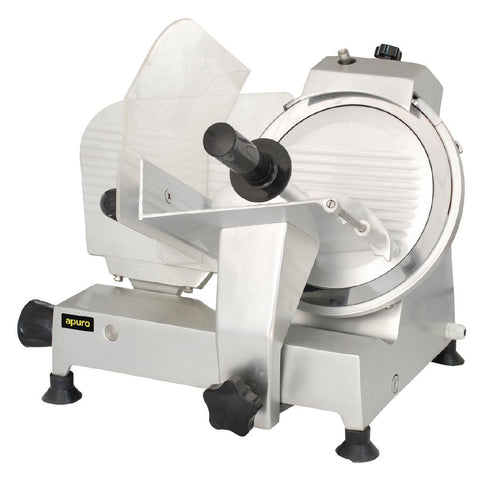

 Apuro Meat Slicer 250mm - CD278-A
Apuro Meat Slicer 250mm - CD278-A
452(W) x 485(H) x 437(D)mm


 AG 10 Inch (250mm) Meat Slicer SL250ES-10
AG 10 Inch (250mm) Meat Slicer SL250ES-10
280(W) x 380(D) x 470(H)mm

 Apuro Meat Slicer 300mm - CD279-A
Apuro Meat Slicer 300mm - CD279-A
500(W) x 585(H) x 427(D)mm


 AG 12 Inch (300mm) Meat Slicer SL300ES-12
AG 12 Inch (300mm) Meat Slicer SL300ES-12
530(W) x 330(D) x 460(H)mm

 VC Jacks Professional Deli Slicer HBS-250
VC Jacks Professional Deli Slicer HBS-250
575(W) x 465(D) x 415(H)mm

 VC Automatic Deli Slicer Ams320B-Automatic AMS320B-AUTOMATIC
VC Automatic Deli Slicer Ams320B-Automatic AMS320B-AUTOMATIC
820(W) x 740(D) x 580(H)mm

 Anvil 220mm Meat Slicer - Belt Driven - MSA3220
Anvil 220mm Meat Slicer - Belt Driven - MSA3220
457(W) x 368(H) x 280(D)mm
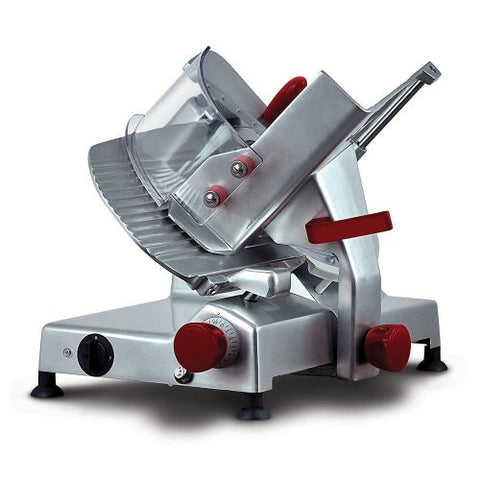

 Roband Noaw Manual Gravity Feed Slicers - Heavy Duty, 250mm blade - NS250HD
Roband Noaw Manual Gravity Feed Slicers - Heavy Duty, 250mm blade - NS250HD
620(W) X 440(D) X 460(H)mm

 Apuro Meat Slicer 220mm - CD277-A
Apuro Meat Slicer 220mm - CD277-A
445(W) x 457(H) x 445(D)mm


 Roband Noaw Manual Gravity Feed Slicers - Medium Duty, 220mm blade - NS220
Roband Noaw Manual Gravity Feed Slicers - Medium Duty, 220mm blade - NS220
590(W) X 430(D) X 370(H)mm

 Anvil 250mm Meat Slicer - Belt Driven - MSA3250
Anvil 250mm Meat Slicer - Belt Driven - MSA3250
483(W) x 368(H) x 280(D)mm


 Roband Noaw Manual Gravity Feed Slicers - Heavy Duty, 350mm blade - NS350HD
Roband Noaw Manual Gravity Feed Slicers - Heavy Duty, 350mm blade - NS350HD
760(W) X 560(D) X 600(H)mm

 Anvil Heavy Duty Slicer- Belt Driven - MSA5300
Anvil Heavy Duty Slicer- Belt Driven - MSA5300
612(W) x 422(H) x 268(D)mm
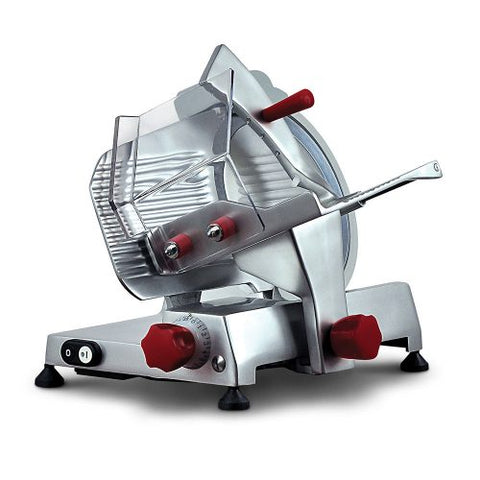

 Roband Noaw Manual Gravity Feed Slicers - Medium Duty, 300mm blade - NS300
Roband Noaw Manual Gravity Feed Slicers - Medium Duty, 300mm blade - NS300
620(W) X 440(D) X 460(H)mm


 Roband Noaw Manual Gravity Feed Slicers - Medium Duty, 250mm blade - NS250
Roband Noaw Manual Gravity Feed Slicers - Medium Duty, 250mm blade - NS250
590(W) X 430(D) X 410(H)mm

 Anvil 300mm Meat Slicer- Belt Driven - MSA3300
Anvil 300mm Meat Slicer- Belt Driven - MSA3300
610(W) x 457(H) x 242(D)mm

 VC Jacks Professional Deli Slicer HBS-300
VC Jacks Professional Deli Slicer HBS-300
565(W) x 295(D) x 565(H)mm

 Roband NOAW Black Traditional Flywheel Slicer Stand - NSCIS-320MB
Roband NOAW Black Traditional Flywheel Slicer Stand - NSCIS-320MB
565(W) X 240(D) X 790(H)mm


 Roband Noaw Manual Vertical Slicer - NS300V
Roband Noaw Manual Vertical Slicer - NS300V
800(W) X 570(D) X 670(H)mm


 Roband Noaw Manual Gravity Feed Slicers - Heavy Duty, 300mm blade - NS300HD
Roband Noaw Manual Gravity Feed Slicers - Heavy Duty, 300mm blade - NS300HD
680(W) X 560(D) X 570(H)mm
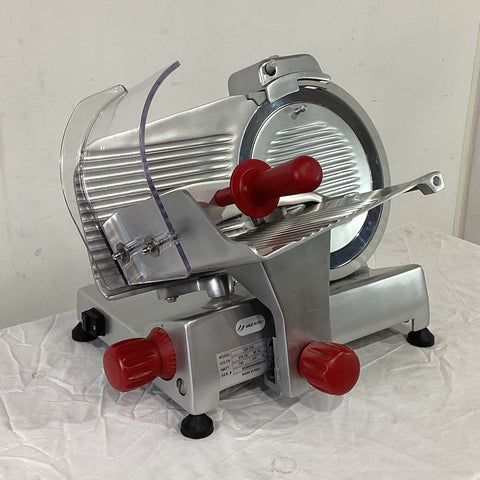

 Noaw NS250 Meat Slicer - 905106
Noaw NS250 Meat Slicer - 905106
500W x 450D x 400Hmm
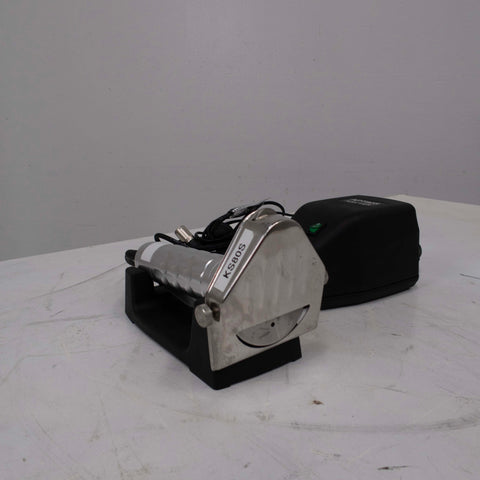

 Federal KS80S Kebab Shaver - 815600
Federal KS80S Kebab Shaver - 815600
120W x 150D x 240Hmm
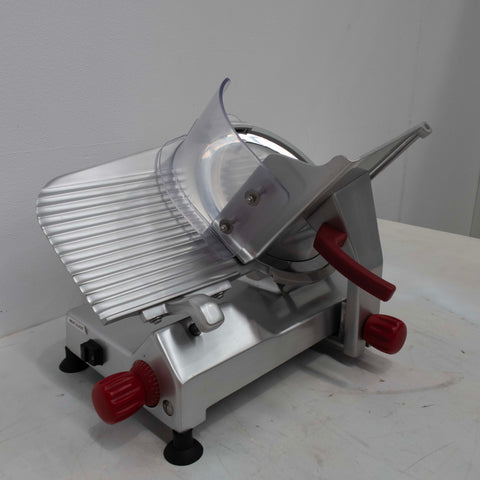

 Noaw NS300 Meat Slicer - 837381
Noaw NS300 Meat Slicer - 837381
590W x 500D x 500Hmm
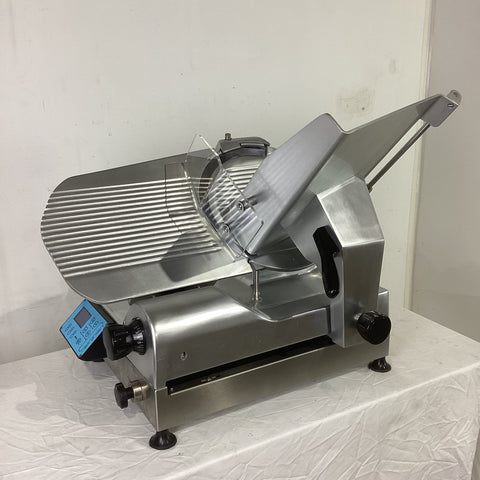

 RFE Linosa 350 Meat Slicer - 742740
RFE Linosa 350 Meat Slicer - 742740
740W x 600D x 640Hmm
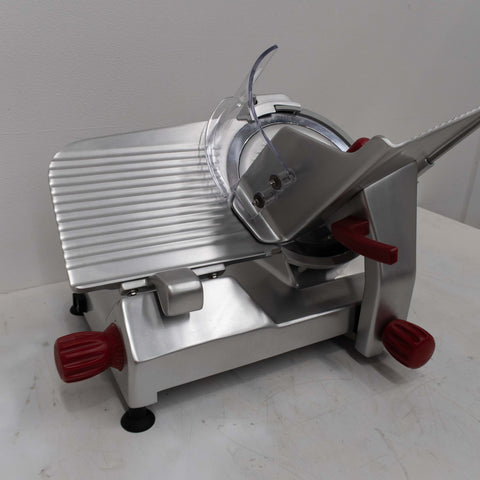

 Noaw NS 300HD Meat Slicer - 894832
Noaw NS 300HD Meat Slicer - 894832
640W x 420D x 445Hmm
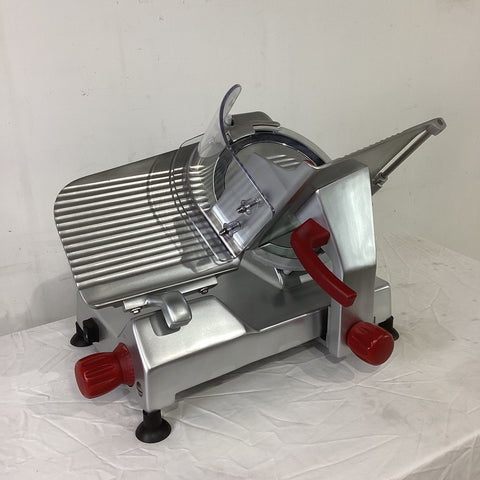

 Noaw NS250HD Meat Slicer - 835154
Noaw NS250HD Meat Slicer - 835154
550W x 440D x 430Hmm
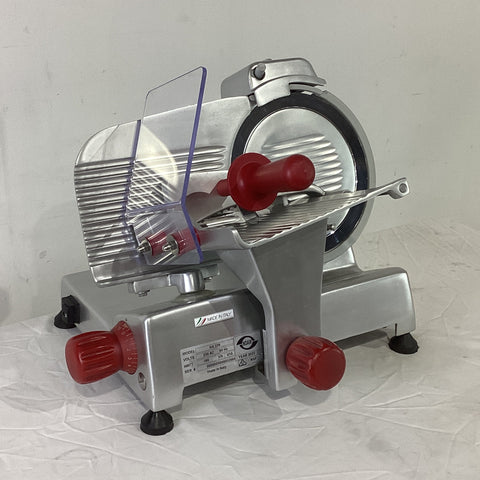

 Noaw NS220 Meat Slicer - 860703
Noaw NS220 Meat Slicer - 860703
450W x 400D x 340Hmm
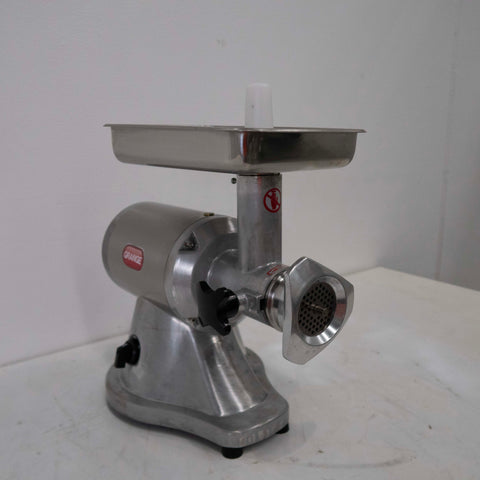

260W x 460D x 440Hmm
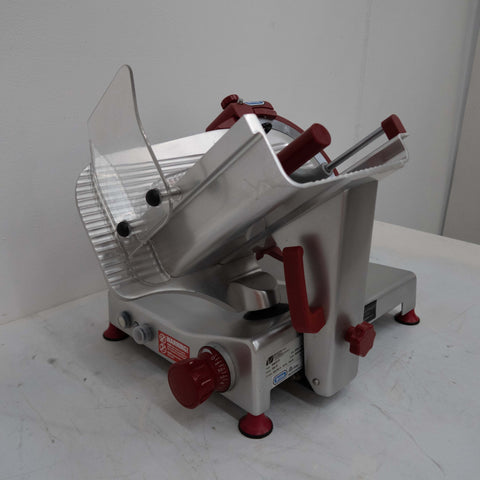

 Brice 300IX Slicer - 842352
Brice 300IX Slicer - 842352
590W x 500D x 520Hmm
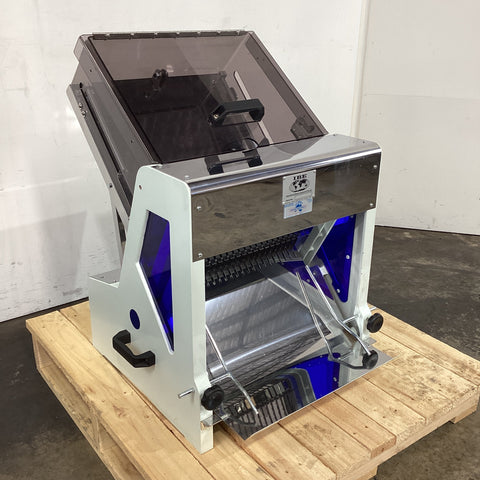

650W x 700D x 790Hmm
650W x 790D x 700Hmm
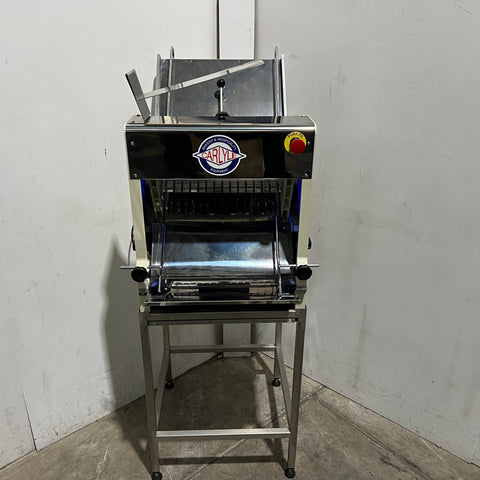

710W x 1500D x 630Hmm
710W x 630D x 1500Hmm
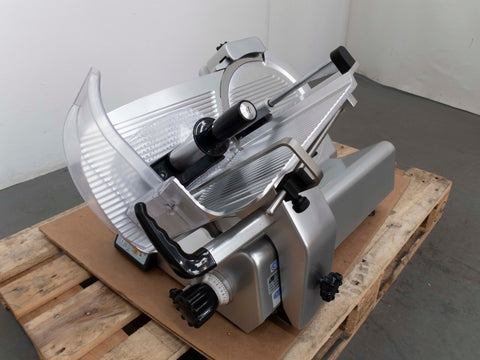

 Brice 330IKSA Meat Slicer - 707747
Brice 330IKSA Meat Slicer - 707747
780W x 500D x 510Hmm
780W x 510D x 500Hmm
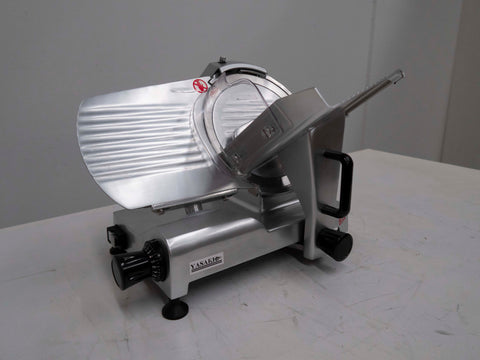

 Yasaki HBS250 Meat Slicer - 875910
Yasaki HBS250 Meat Slicer - 875910
460W x 360D x 370Hmm
460W x 370D x 360Hmm
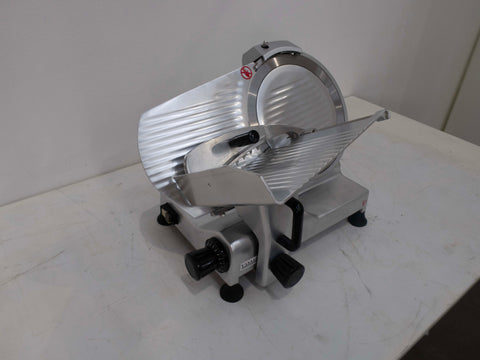

 Yasaki HBS-300 Meat Slicer - 858147
Yasaki HBS-300 Meat Slicer - 858147
570W x 430D x 450Hmm
570W x 450D x 430Hmm


 Noaw NS300 Meat Slicer - 859079
Noaw NS300 Meat Slicer - 859079
560W x 450D x 450Hmm
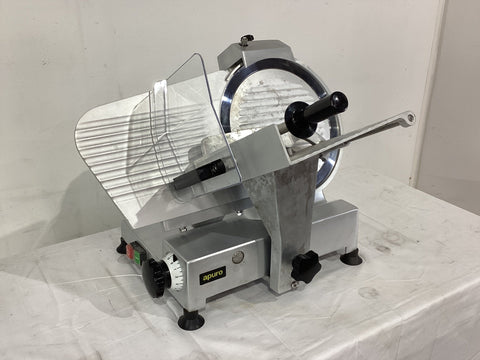

 Apuro CD279-A Meat Slicer - 828223
Apuro CD279-A Meat Slicer - 828223
580W x 430D x 455Hmm
580W x 455D x 430Hmm
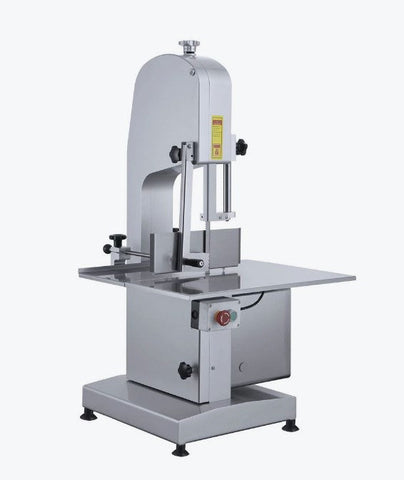

 FED JG300AH Benchtop Bone Saw - 838366
FED JG300AH Benchtop Bone Saw - 838366
590W x 1170D x 490Hmm
590W x 490D x 1170Hmm
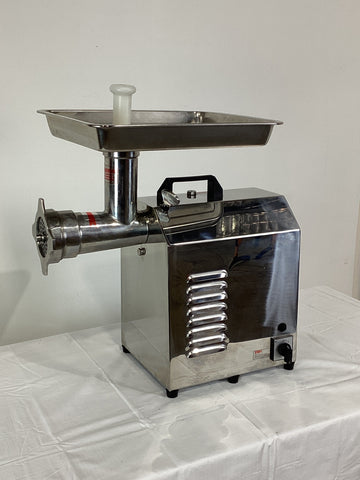

 FED TC22-5 Meat Mincer - 818439
FED TC22-5 Meat Mincer - 818439
240W x 500D x 580Hmm
240W x 580D x 500Hmm
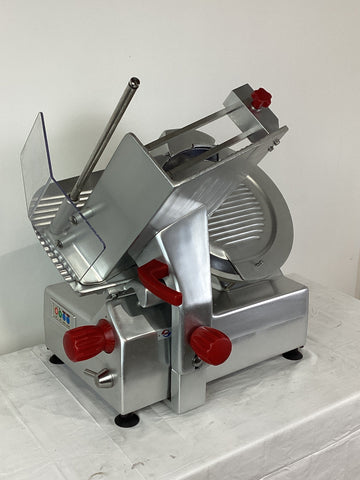

 Noaw NS350HDS Semi Automatic Slicer - 809730
Noaw NS350HDS Semi Automatic Slicer - 809730
750W x 540D x 680Hmm
750W x 680D x 540Hmm
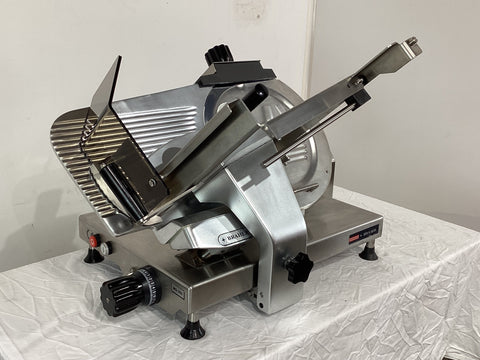

 RFE MG350 Meat Slicer
RFE MG350 Meat Slicer
590W x 455D x 760Hmm
590W x 760D x 455Hmm
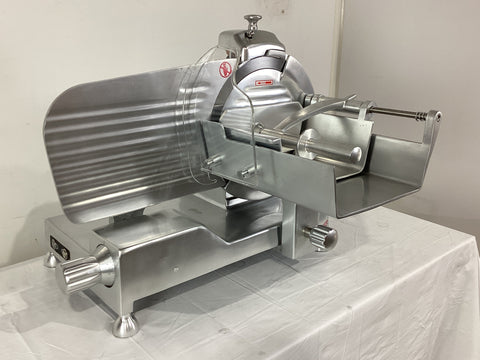

 Matador HBS-300C Vertical Meat Slicer - 853284
Matador HBS-300C Vertical Meat Slicer - 853284
600W x 530D x 570Hmm
600W x 570D x 530Hmm
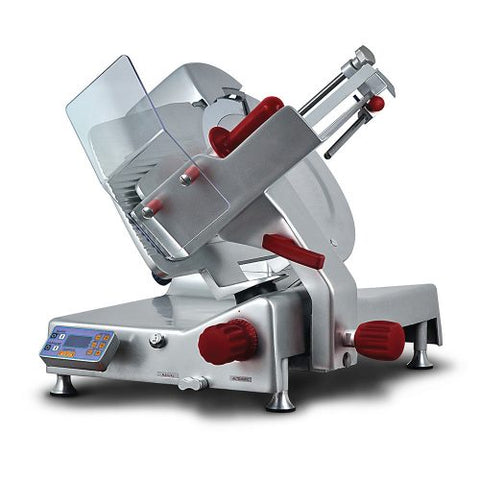

 Roband Noaw Fully Automatic Slicer - Heavy Duty with Speedy Blade Remover system - NS350HDX
Roband Noaw Fully Automatic Slicer - Heavy Duty with Speedy Blade Remover system - NS350HDX

 VC Meat Slicer For Non-Frozen Meat HBS-300C
VC Meat Slicer For Non-Frozen Meat HBS-300C
748(W) x 686(D) x 678(H)mm

 Hobart Medium Duty Manual Slicer - EDGE
Hobart Medium Duty Manual Slicer - EDGE
640(W) x 420(H) x 510(D)mm
680(W) x 570(H) x 600(D)mm

 Hobart Semi Automatic Heavy-Duty Safety Slicer - HS9
Hobart Semi Automatic Heavy-Duty Safety Slicer - HS9
664(W) x 692(H) x 562(D)mm
770(W) x 692(H) x 625(D)mm

 Roband NOAW Red Traditional Flywheel Slicer Stand - NSCIS-320M
Roband NOAW Red Traditional Flywheel Slicer Stand - NSCIS-320M
565(W) X 240(D) X 790(H)mm


 Roband Noaw Retro Flywheel Slicer (Stand Only) - NSCIS-300M
Roband Noaw Retro Flywheel Slicer (Stand Only) - NSCIS-300M
500(W) X 400(D) X 810(H)mm

 Roband NOAW Black Retro Flywheel Slicer Stand - NSCIS-300MB
Roband NOAW Black Retro Flywheel Slicer Stand - NSCIS-300MB
500(W) X 400(D) X 790(H)mm
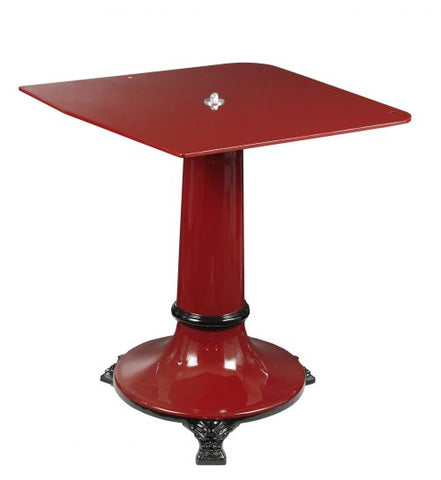

 Roband Noaw Heritage Flywheel Slicer Stand - NSCIS
Roband Noaw Heritage Flywheel Slicer Stand - NSCIS
590(W) X 450(D) X 800(H)mm


 Roband Noaw Semi-Automatic - Heavy Duty - NS350HDS
Roband Noaw Semi-Automatic - Heavy Duty - NS350HDS
760(W) X 580(D) X 805(H)mm


 Roband Noaw Manual Gravity Feed Gear Driven Slicer - Heavy Duty - NS350HDG
Roband Noaw Manual Gravity Feed Gear Driven Slicer - Heavy Duty - NS350HDG
825(W) X 695(D) X 690(H)mm


 Roband Noaw Fully Automatic Slicer - Heavy Duty - NS350HDA
Roband Noaw Fully Automatic Slicer - Heavy Duty - NS350HDA
1020(W) X 890(D) X 850(H)mm
Whether you’re running a pizzeria or simply want a versatile piece of cooking equipment, commercial pizza ovens are a kitchen essential. They deliver perfectly cooked pizza, operate at a higher capacity than conventional ovens and come in a range of sizes and capacities.
Designed to streamline your kitchen applications, conveyor ovens are simple to operate and can be used on a wide range of menu items, including meats like steak and fish.
Explore the range at Restaurant Equipment Online and find the perfect addition to your commercial kitchen today.
Conveyer ovens feature a cooking chamber that has a moving belt that moves through continuously, enabling a constant flow of cooking. They’re especially useful for pizzas, facilitating the preparation of higher volumes with less monitoring than a conventional deck oven would.
The conveyor belt moves through at the optimised rate, ensuring even cooking and moving the food out of the oven after a designated cooking period.
With a broad scope of sizes, specifications and capabilities, there are a few key things to consider when you’re purchasing a commercial conveyor oven.
Depending on what you’re cooking, you’ll want to ensure that the model you choose has variable conveyor speeds. This allows you to get more versatility from your pizza oven, with the ability to cook different types of food that may need more or less time in the oven.
Similarly, the temperature you prefer to cook with may vary. Choosing an option with a good temperature range is essential. You’ll also want to opt for a model that heats up quickly and can maintain a steady temperature to get the best possible results for your food.
Size is another important consideration. Depending on how much space you have in your kitchen, along with how much food you want to prepare at any given time, is worth calculating first.
A few practical considerations include the materials your oven is made from, energy efficiency and durability. Choosing durable and lower maintenance materials like stainless steel are valuable additions. They’re easier to clean at the end of each shift. The durability of stainless steel is also more resilient, helping you to get the best return on your investment with more years of use.
Energy-efficient models typically come with better insulation, helping to improve the cooking quality but also keeping power usage down. This is a helpful feature in saving your business money in the long run.
The temperature range of your commercial pizza oven will vary depending on the make and model you choose. Typically, most models will offer a range of 120℃ to 260℃, which gives you a broad scope of capabilities to cook a variety of foods.
While commercial conveyor ovens are especially well suited to making pizzas, they’re a versatile investment that can be used to make a wide variety of options. Depending on your temperature and timer settings, you could expand your menu options to include things like bread, sweet baked goods like biscuits, pasties and even nachos.
Yes. To ensure you’re meeting health and safety regulations, you’ll need a hood or exhaust canopy for your conveyor oven. They serve to keep the vicinity of your oven cleaner by venting smoke and steam that’s created during cooking, while also making post-cooking cleanup easier.
If the main item on your menu includes pizza, conveyor ovens will offer you a number of benefits. From optimised cooking to high turnover and consistent quality output, they help streamline your kitchen processes, saving on labour hours.
They cook incredibly evenly, with heat applied from the top and bottom at the same time to give you a crisp crust with perfectly melted cheese. You can set your own timer and speed preferences, ensuring you get the same results each and every time.
In busy kitchens, time is of the essence, and commercial pizza ovens help optimise your operation. You can keep your ingredients in an under-counter fridge, prepare them in bulk and have a steady supply going through your conveyor oven to keep up with rush-hour demand.
Due to the pre-set automation available on commercial pizza ovens, you can set them up and leave them to cook with less monitoring than models like combi ovens. This saves on labour costs and helps your kitchen run optimally.
Setting the speed will typically either be through a knob that allows you to adjust the time each item will be cooked for, or you’ll have a control panel with different settings. You may wish to adjust the speed depending on the temperature you’re cooking at and what you’re preparing.
If you have questions about your specific model, the manufacturer guidelines that come with your model should explain everything you need to know. Alternatively, if you’re having issues with how to operate your conveyor oven, please feel free to contact the customer support team at REO for guidance.
The price will vary depending on the specifications you want, the brand you choose, and which size you want. Top-end brands like Moretti Forni, a premium commercial manufacturer, are top-of-the-line and have the price point to match.
Generally, you can expect to pay anywhere from $3,000AUD for smaller models to $100,000 for the top-range, large-scale commercial pizza ovens. The higher-cost models are made from the best materials, have a larger capacity—including triple-deck conveyors—and come with preset programs to make cooking even easier.
Cooking time will vary, depending on a few factors. These include the kind of base you’re baking - whether that’s thin-crust or thick-crust, what kind of toppings you’re cooking, and the oven model you have. The temperature you’re cooking at will also impact how long each pizza needs to stay in the oven for as well.
Many models will come with pre-set features that allow you to choose the specifications of what you’re cooking. This takes the guesswork out of preparing your pizzas, ensuring your pizza oven delivers the perfect result from the start.
If you’re unsure of which settings to use, the manufacturer’s guidelines will typically explain how best to use the conveyor oven you have. As a general guideline, most pizzas will be cooked within five to ten minutes when you set them anywhere between 230℃ and 260℃.